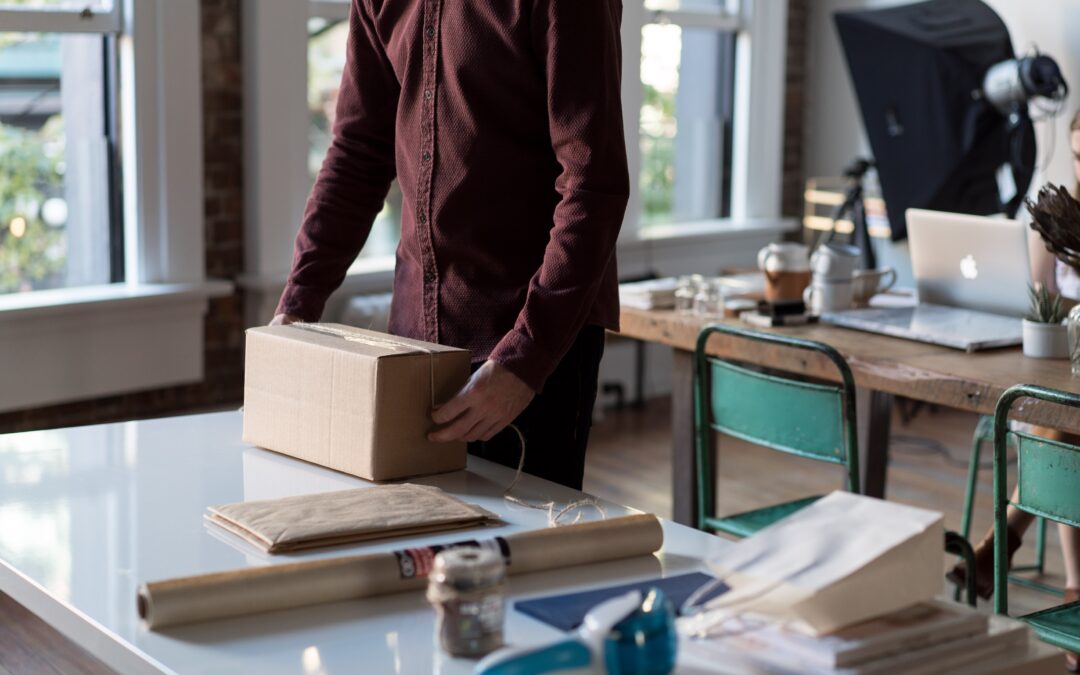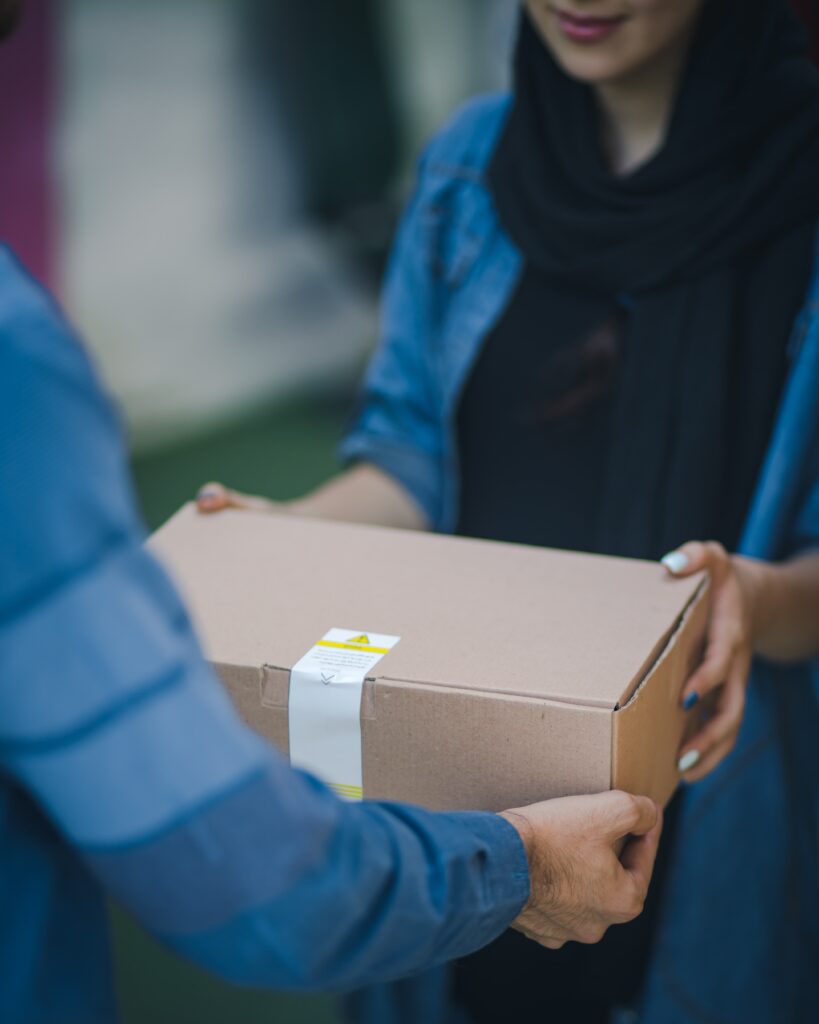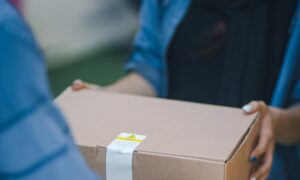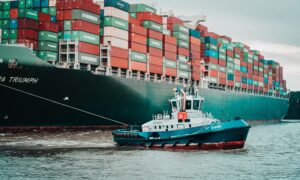More than ever before, the average person depends on tracking package delivery. But, as we all know at this point, not every delivery is smooth. Factors inherent to an ongoing global pandemic, international conflict, rising gas prices, and porch theft are everywhere. The ever-difficult “last mile problem” combines into a high-stakes obstacle course. It’s high-stakes because often people are deeply dependent on their deliverables arriving safely and on time. This is especially true in the case of prescriptions, groceries, and other necessary items.
In this landscape, many of us are asking “where’s my stuff?” and too often, the answer is met with complicated and unsatisfying answers that really lead to more questions. Here are tips for tracking your packages.
Understanding A Company’s Practices
One big tip for minimizing missing packages, delayed items, and supply chain snafus is to know basic information about the company from which you are ordering goods. For example, are they based in the country where you are living? Where does their manufacturing take place? Does their website indicate delays or shortages?
Distance, duration, and multiple supply chain links will impact the likelihood of mishaps and mysteries. Wherever possible, shopping from local businesses that use local materials will minimize the likelihood of delivery issues.
But of course, many items that we need are simply not available in the country where we live, or they are produced in faraway places with less-than-transparent business practices. This is a societal problem with an urgent need for reform. And, it will not be solved tomorrow. So we do what we can. But what about the packages we need that travel far distances? How do we track our packages in the meantime?
The Biggies: UPS, FedEx, And The Postal Service
Well, as it happens, in the united states we do have a variety of delivery companies and services. The big ones are of course UPS, FedEx, and the United States Post Office. There are plenty of others that make up the industry but these are the ones we will focus on today.
So – how do you track your packages?
UPS
According to their website, UPS delivers over 2 million packages per day. Their revenue for 2021 was over 90 billion dollars. That’s a mind-boggling amount of movement.
Luckily, UPS does offer tracking support. They even have specific labels and a helpful page on their website to help people understand where their packages are in the delivery process and what to expect with each step. For example, customers are alerted when a “label is created” which means UPS has the shipping details and billing information from the sender. After that, the package is “out for delivery”, delivered, or transferred. Customers can track all of this with their tracking number. It’s an easy-to-use site. The best tip is simply to familiarize yourself with their site and explore as needed to feel comfortable with the process.
FedEx
FedEx uses trains, planes, trucks, and ships to get deliveries to their proper destination. On their website, they offer a “delivery manager” service. This service is set up to provide added security and control through tracking and it’s easy to sign up for. With this, customers can set up times and places that work best for their schedules. This is also a means to decrease levels of damage and theft.
U.S. Postal Service
The origins of the U.S. Postal Service date back to 1639 in the United States. Early settler-colonialists needed the means to send mail back to England. The general court of Massachusetts designated a pub in Boston as the “official mail drop” for parcels. Obviously, we’ve come a long way from there.
Today, USPS stations are peppered around the country and are often a sort of community hub for folks of all different backgrounds and perspectives. There’s also been a fair amount of political debate around the topic in recent years.
But as far as tracking goes, USPS offers tracking numbers that customers can check in on through the USPS website. Tracking numbers are on shipping receipts or via email confirmation. Retailers will often offer this information in your confirmation email, but if they don’t do so you can always ask.
The Last Mile Problem
Being able to track packages on the internet has revolutionized the shipping industry and people’s understanding and control within it. However, the infamous “last mile problem” is still thwarting many of these companies and the waiting customers.
This is because a lot can go awry in the final stage of delivery. Packages wait unattended on porches, at incorrect addresses, in weather, and amidst other unforeseen circumstances. After every step in the process has been tracked, packages still disappear or are damaged.
This is where smart technology comes in. New advances such as smart lockers, in-house delivery apps, and other initiatives close the gap on the last mile problem. In addition to tracking through a shipping company, customers then receive immediate notification that their items are ready for pick up. It’s no wonder that smart lockers are popping up all over the place – adding security, convenience, and efficiency to this final step in the delivery process.





